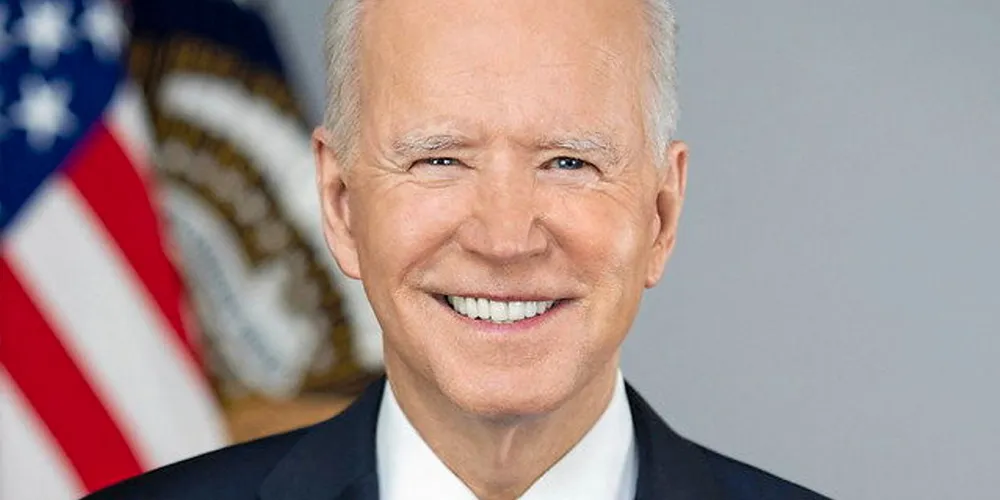US launches Atlantic offshore wind transmission action plan for 30GW goal
Roadmap provides industry guidance for immediate and long term moves needed to integrate at-sea power into shoreside grids

The plan, jointly announced by the Departments of Energy (DoE) and Interior (DoI), outlines immediate actions necessary to connect the first generation of Atlantic offshore wind projects with grids, and longer-term efforts to support needed transmission over the next several decades.
President Joe Biden's administration “is committed to using all the tools in the toolbox to advance offshore wind as a critical renewable energy source to transition the nation to a clean energy future,” said Energy Secretary Jennifer Granholm.
The Biden administration has set ambitious climate targets for the nation, including 30GW of offshore wind capacity by 2030 in support of a nation-wide clean energy grid by 2035.
For the period prior to 2025, the plan recommends establishing collaborative bodies that span the Atlantic Coast region, as well as clarifying some of the building blocks of transmission planning such as updating reliability standards and identifying onshore points of interconnection (POI) while addressing costs through voluntary assignments and tax credits.
From 2025-2030, the plan calls for coordinating with states for regional transmission networks, prioritising outer continental shelf pathways and setting high voltage direct current (HVDC) transmission standards.
The proposal then calls for the establishment of a national HVDC testing and certification centre in the decade from 2030-2040 to ensure compatibility when interconnecting multiple substations to form an offshore grid network.
“Along with ensuring that we can develop our industry, building out the grid in a coordinated fashion will yield enormous benefits for ratepayers and the environment, build confidence in the market’s trajectory, and accelerate development,” said Liz Burdock, CEO of industry group Business Network for Offshore Wind (BNOW).
“Rebuilding our transmission system is extremely complex, and the federal government can play a unique role bringing major parties together to break through barriers,” she added.
Ongoing development
The offshore wind industry and states are aware of the challenge and have already begun taking steps towards solutions.
This was the first move under the federally approved State Agreement Approach (SAA) established by regional transmission operator PJM that allows states to incorporate policy goals as an equal factor to market efficiency or reliability when proposing grid upgrades.